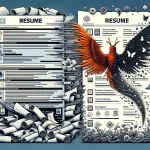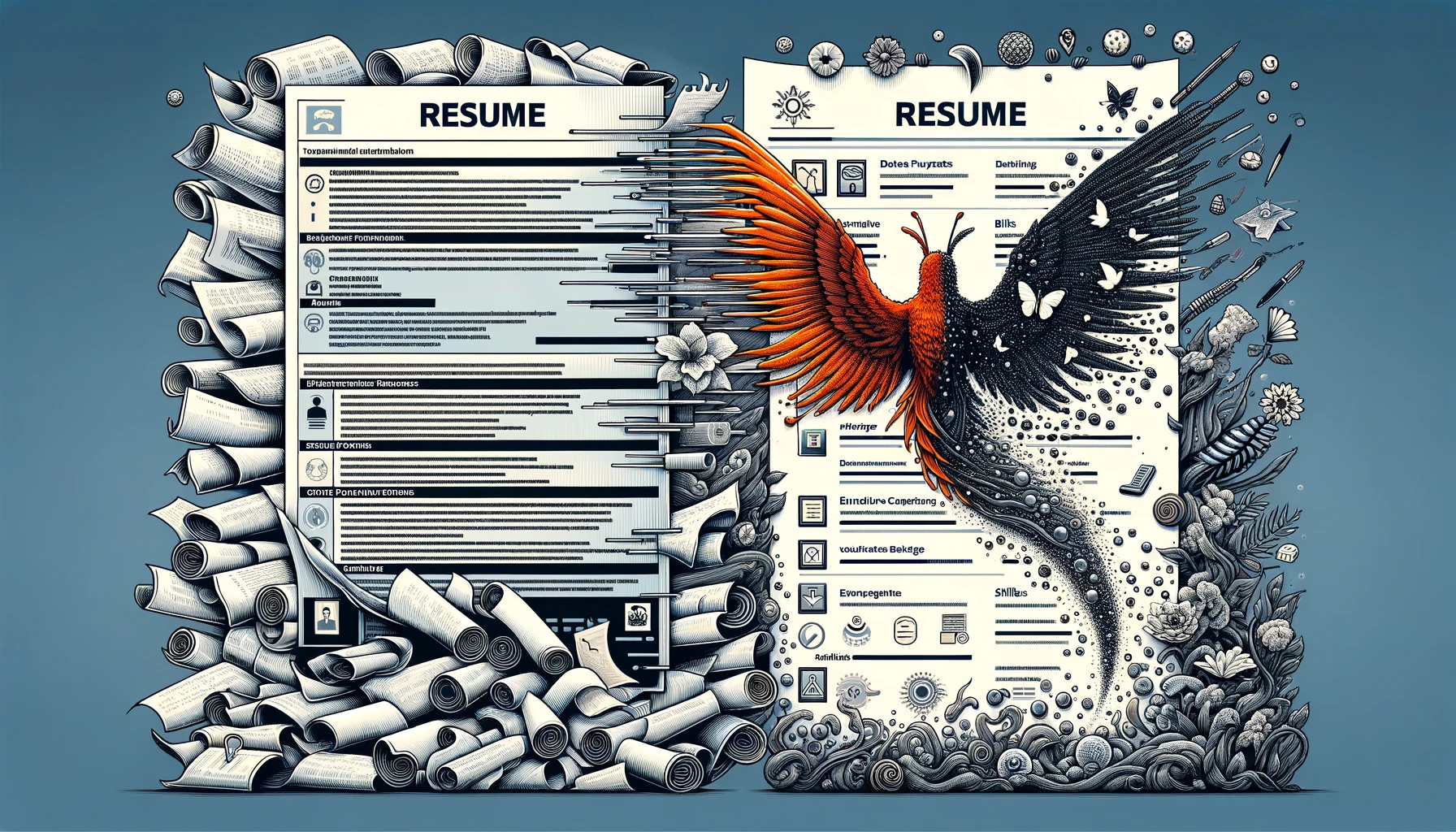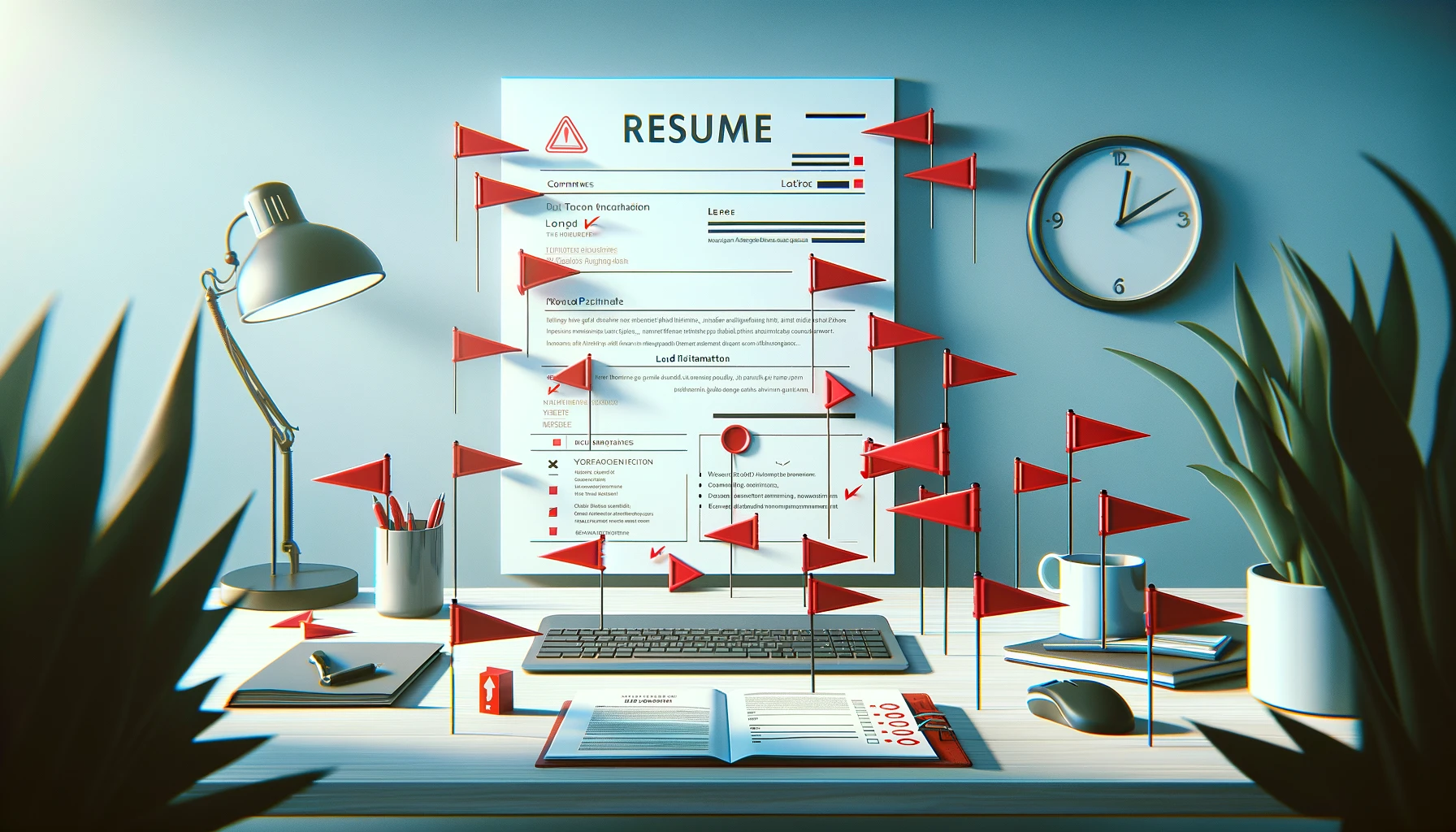In the competitive landscape of job hunting, your resume stands as a powerful tool in shaping your professional narrative and capturing the attention of potential employers. It’s not merely a document listing your work history; rather, it serves as a dynamic canvas where you paint a vivid picture of your skills, achievements, and aspirations.
Think of it as your personal marketing brochure – each section carefully crafted to showcase your unique blend of experiences and expertise. So why settle for a generic one-page summary when you have the opportunity to craft a compelling story that sets you apart from the crowd?
As you embark on the quest for new career opportunities, envision your resume not just as an obligatory requirement but as an opportunity to strategically present yourself in the best light possible.
Each section holds significant weight in this visual representation of who you are professionally: from your educational background to your key accomplishments and even extracurricular activities that highlight different facets of your personality.
By delving into these essential components with purpose and precision, you pave the way for recruiters to see beyond words on paper – they glimpse into the caliber of talent and potential value you bring to their organization’s table.
Join us on this insightful journey as we unravel the critical standard sections that can transform your resume from mundane to magnetic, captivating hiring managers at first glance and propelling you towards exciting career prospects!
Contact Information
Your resume is your ticket to the professional world—a snapshot of your experiences, skills, and potential neatly encapsulated on a single page. At its very helm lies a seemingly mundane yet fundamentally crucial section: contact information.
Placed at the top with assertive prominence, these details are not mere formalities; they serve as the gateway through which opportunities knock on your door. Picture this: a recruiter captivated by your qualifications but deterred by the absence of contact details—your chance slipping away due to an oversight easily rectified.
Moreover, beyond its utilitarian purpose of enabling communication flow, your contact information subtly conveys professionalism and attention to detail—an initial glimpse into how meticulously you craft every aspect of your professional persona.
Think of it as the opening act in a theatrical performance: setting the stage for what’s to come and establishing expectations right from the start. In essence, this unassuming segment acts as your calling card in a sea of applicants vying for attention—an instant indicator of whether you’re approachable, reachable, and meticulous about presenting yourself in the best light possible.
Summary Objective Statement
In the realm of resume writing, the choice between a summary statement and an objective statement can significantly impact how your qualifications are perceived by potential employers.
While an objective statement traditionally focuses on what you seek in a job, a summary statement takes it up a notch by showcasing who you are as a professional.
Rather than stating generic career goals, a well-crafted summary delves into your unique skills, experiences, and achievements that make you stand out in the crowd of applicants.
Crafting an impactful summary objective statement involves strategically weaving together key accomplishments and core competencies to create a snapshot of what sets you apart from other candidates.
By highlighting your strengths right at the beginning of your resume, you immediately grab the reader’s attention and offer them insights into why you’re the ideal candidate for the position.
This section serves as your elevator pitch – concise yet powerful enough to leave a lasting impression on hiring managers scanning through numerous applications.
When done effectively, it transforms your resume from being merely informative to compellingly persuasive.
Work Experience
When it comes to crafting a compelling resume, your work experience section serves as the heart of your professional story. Rather than simply listing job duties and responsibilities, make sure to highlight your accomplishments and contributions in each role.
Employers are not just interested in what tasks you performed; they want to see the impact you had on previous employers or projects. By quantifying your achievements with specific metrics or outcomes, such as increased sales by 30% or implemented cost-saving measures resulting in $50k annual savings, you showcase your value in a tangible way.
Moreover, consider tailoring your work experience section to align with the job description of the position you’re applying for. Highlight experiences and skills that directly relate to the requirements of the role, emphasizing how your past successes make you an ideal candidate for this new opportunity.
This targeted approach not only demonstrates that you understand the employer’s needs but also helps recruiters quickly see why you’re a perfect fit for the position. Remember, quality over quantity matters here – focus on relevant experiences that show off your abilities effectively rather than overwhelming hiring managers with irrelevant information.
Education Section
When it comes to crafting the perfect resume, one cannot underestimate the importance of the education section. This is where you showcase your academic achievements and demonstrate your commitment to learning and self-improvement.
Listing your educational qualifications not only provides potential employers with valuable insights into your background but also serves as a testament to your dedication and discipline in pursuing knowledge.
Whether you have recently graduated or are a seasoned professional with multiple degrees, including this section can significantly enhance the overall impact of your resume.
Moreover, beyond merely stating the degrees or certifications you hold, delving deeper into specific coursework or projects undertaken during your studies can further bolster this section’s effectiveness.
Highlighting relevant courses that align with the job position you are applying for can signal to recruiters that you possess the necessary skills and knowledge required for the role.
Additionally, mentioning any academic accolades such as scholarships, research publications, or leadership roles within educational institutions can set you apart from other candidates and impress upon employers your exceptional abilities and accomplishments in an academic setting.
By paying meticulous attention to detail in curating this section, you not only present a comprehensive overview of your educational background but also strategically position yourself as a qualified candidate worthy of consideration by prospective employers.
Skills Section
When it comes to crafting a standout resume, the skills section plays a crucial role in showcasing your qualifications tailored to specific industries or positions.
Beyond listing generic skills like communication or teamwork, job seekers should strategically highlight industry-specific and technical proficiencies that align with the requirements of the roles they are targeting.
For instance, if you’re applying for a creative role in graphic design, emphasizing skills such as proficiency in Adobe Creative Suite, typography expertise, and UI/UX design capabilities can significantly boost your chances of standing out among other applicants.
Moreover, consider incorporating both hard and soft skills within this section to present a well-rounded picture of your abilities. Hard skills refer to technical competencies directly related to the job function, while soft skills encompass attributes like problem-solving, adaptability, and leadership that are transferable across various roles.
By weaving together a blend of relevant hard skills (e.g., coding languages for IT professionals or project management software for project managers) with essential soft skills (e.g., time management or conflict resolution), you can create a compelling narrative that not only demonstrates your expertise but also reflects your suitability for the dynamic demands of today’s workplace.
Elevating Your Resume with Certifications and Volunteer Experience
In today’s competitive job market, standing out from the crowd is crucial when it comes to securing your dream role. While traditional resume sections like work experience and education are essential, incorporating additional sections such as certifications and volunteer experience can significantly enhance your profile.
By including certifications relevant to your field or industry, you demonstrate a commitment to continuous learning and skill development. Employers value candidates who proactively seek opportunities to upskill and stay current with industry trends.
Whether it’s a specialized certification in project management or a proficiency badge in software programming languages, showcasing these qualifications can set you apart as a dedicated professional with valuable expertise.
Moreover, volunteer experience offers invaluable insights into your character, interests, and community engagement outside of the workplace. Including this section on your resume not only illustrates your passion for giving back but also highlights transferable skills such as leadership, teamwork, and communication.
Volunteer roles often provide hands-on experiences that mirror those in paid positions, allowing recruiters to gauge your adaptability and initiative in diverse settings. Whether you’ve volunteered at local shelters, organized charity events, or served on nonprofit boards, each experience adds depth to your profile and paints a holistic picture of who you are beyond just job titles.
By leveraging these optional sections creatively within your resume layout framework – highlighting their relevance to the target role – you present yourself as a well-rounded candidate with multifaceted talents worth considering for any prospective employer.
Conclusion
In essence, the standard sections in a resume serve as the backbone of your professional story, weaving together your skills, experiences, and achievements into a cohesive narrative that speaks to potential employers.
By incorporating these essential components such as the summary statement, work experience, education background, skills section, and additional sections like certifications or volunteer experiences wisely throughout your resume layout – you create a comprehensive profile that not only highlights what you bring to the table but also resonates with recruiters on multiple levels.
Moreover, beyond merely listing information in these sections lies an opportunity for strategic storytelling and self-marketing. Each section presents a chance to showcase not just what you’ve done but how you’ve excelled and evolved professionally.
The success of your job search heavily relies on presenting yourself effectively in those critical few seconds when recruiters scan through piles of resumes; thus, mastering the art of constructing well-thought-out standard resume sections is crucial in making sure your unique value proposition shines through and lands you that coveted interview invite. Remember:
Your resume isn’t just a document; it’s your ticket to opening doors towards new career opportunities – so make every section count!





